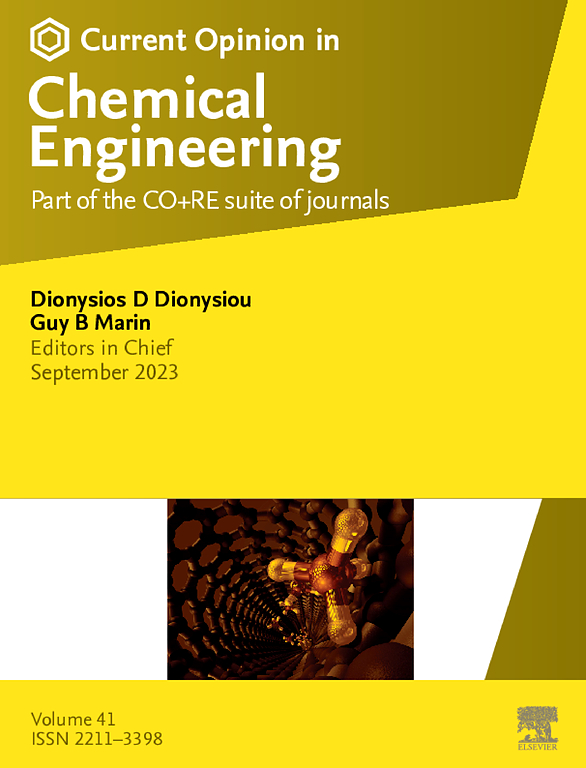Electrodialysis modeling for desalination and resource recovery
IF 6.8
2区 工程技术
Q1 BIOTECHNOLOGY & APPLIED MICROBIOLOGY
引用次数: 0
Abstract
Electrodialysis (ED) is a viable technology for treating unconventional waters due to its higher chemical and mechanical stability and less propensity to fouling and scaling compared to other membrane technologies. With the advances in electro-driven separation processes, ED has become a multipurpose technology capable of brine treatment, mineral recovery, chemical production, and desalination. Modeling has assisted in developing new ion-exchange membranes (IEMs) and optimizing operating parameters to enhance ED performance. Still, there is an opportunity to extend ED modeling for resource recovery by including computational-aided membrane development that will help identify new selective IEMs and reduce the experimental testing by acting as a membrane screening tool. Additionally, a multifunctional optimization approach using machine learning or artificial intelligence will enable the simulation and optimization of experimental parameters, leading to reduced experimental testing and minimized levelized cost of production.
海水淡化和资源回收的电渗析模型
与其他膜技术相比,电渗析(ED)具有更高的化学和机械稳定性,不易结垢和结垢,是一种可行的非常规水处理技术。随着电分离技术的进步,电分离技术已成为一种多用途技术,可用于盐水处理、矿物回收、化工生产和海水淡化。建模有助于开发新的离子交换膜(IEMs)和优化操作参数,以提高ED性能。尽管如此,通过计算辅助膜开发,将ED模型扩展到资源回收,这将有助于识别新的选择性iem,并通过作为膜筛选工具减少实验测试。此外,使用机器学习或人工智能的多功能优化方法将实现实验参数的模拟和优化,从而减少实验测试并最大限度地降低生产成本。
本文章由计算机程序翻译,如有差异,请以英文原文为准。
求助全文
约1分钟内获得全文
求助全文
来源期刊

Current Opinion in Chemical Engineering
BIOTECHNOLOGY & APPLIED MICROBIOLOGYENGINE-ENGINEERING, CHEMICAL
CiteScore
12.80
自引率
3.00%
发文量
114
期刊介绍:
Current Opinion in Chemical Engineering is devoted to bringing forth short and focused review articles written by experts on current advances in different areas of chemical engineering. Only invited review articles will be published.
The goals of each review article in Current Opinion in Chemical Engineering are:
1. To acquaint the reader/researcher with the most important recent papers in the given topic.
2. To provide the reader with the views/opinions of the expert in each topic.
The reviews are short (about 2500 words or 5-10 printed pages with figures) and serve as an invaluable source of information for researchers, teachers, professionals and students. The reviews also aim to stimulate exchange of ideas among experts.
Themed sections:
Each review will focus on particular aspects of one of the following themed sections of chemical engineering:
1. Nanotechnology
2. Energy and environmental engineering
3. Biotechnology and bioprocess engineering
4. Biological engineering (covering tissue engineering, regenerative medicine, drug delivery)
5. Separation engineering (covering membrane technologies, adsorbents, desalination, distillation etc.)
6. Materials engineering (covering biomaterials, inorganic especially ceramic materials, nanostructured materials).
7. Process systems engineering
8. Reaction engineering and catalysis.
 求助内容:
求助内容: 应助结果提醒方式:
应助结果提醒方式:


